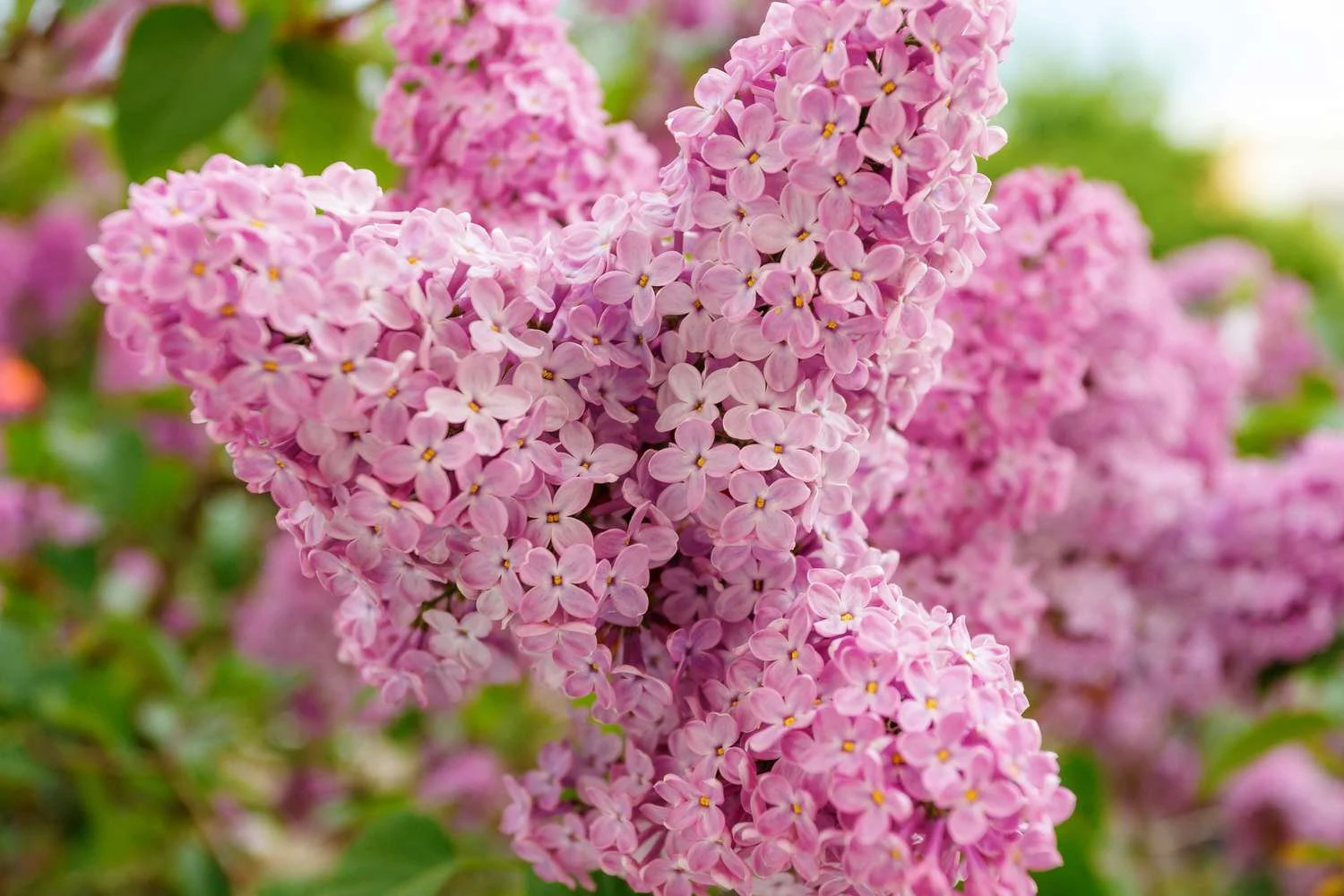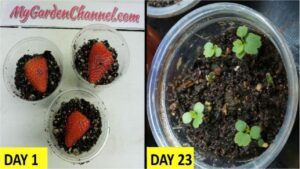1. Light Requirements
- Full Sun: Pink lilacs need at least 6 hours of direct sunlight per day to bloom properly and produce vibrant flowers. They will thrive in a sunny spot, preferably facing south or west.
2. Soil
- Well-Draining, Slightly Alkaline Soil: Lilacs prefer soil that is well-draining, and slightly alkaline (with a pH of 6.5 to 7.0). If your soil is acidic, you may need to add some lime to balance the pH.
- Loamy or Sandy Soil: They also prefer loamy or sandy soil rather than heavy clay, which can retain too much moisture and cause root rot.
3. Watering
- Moderate Watering: Water your pink lilac deeply once a week, especially during dry periods, but avoid overwatering. Once established, lilacs are quite drought-tolerant.
- Avoid Wet Roots: Ensure the plant isn’t sitting in waterlogged soil. Well-draining soil is key to prevent root rot.
4. Temperature and Humidity
- Cold Hardy: Lilacs are cold-hardy and can tolerate a variety of climates. They thrive in temperatures ranging from 50°F to 70°F (10°C to 21°C) during the growing season.
- Winter Protection: In very cold climates, protect your lilac in winter by covering the base of the plant with mulch to prevent frost damage.
5. Fertilizing
- Light Feeding: Fertilize your pink lilac in early spring with a balanced, slow-release fertilizer. Avoid over-fertilizing, as too much nitrogen can lead to more leaves than flowers.
- Avoid Fertilizing After Blooming: Stop fertilizing after the blooms fade to encourage the plant to harden off and prepare for winter.
6. Pruning
- Prune After Blooming: Prune lilacs right after they finish blooming, as they set buds for the following year’s flowers soon after they finish blooming. Cutting them too late will prevent next year’s blooms.
- Remove Dead Wood: Trim away dead or diseased wood and shape the plant to maintain a good form. Thin out the center to improve air circulation.
7. Pests and Problems
- Common Pests: Pink lilacs are relatively pest-resistant, but they can occasionally attract aphids, spider mites, or scale insects. You can treat these with insecticidal soap or by spraying the plant with water.
- Powdery Mildew: Lilacs can sometimes suffer from powdery mildew, especially in humid environments. To prevent this, ensure the plant is in a location with good air circulation and avoid overhead watering.
8. Companion Plants
- Great for Flower Gardens: Pink lilacs pair beautifully with other spring-blooming plants like peonies, tulips, and daffodils. They also work well as a backdrop for lower-growing perennials.
9. Repotting (for Container Plants)
- Repot Every Few Years: If you’re growing a pink lilac in a container, make sure to repot it every few years as it grows. Choose a pot that is large enough to allow for root expansion.
With proper care, your pink lilac will reward you with stunning flowers and a pleasant fragrance, making it a wonderful addition to any garden!
Proudly powered by WordPress






